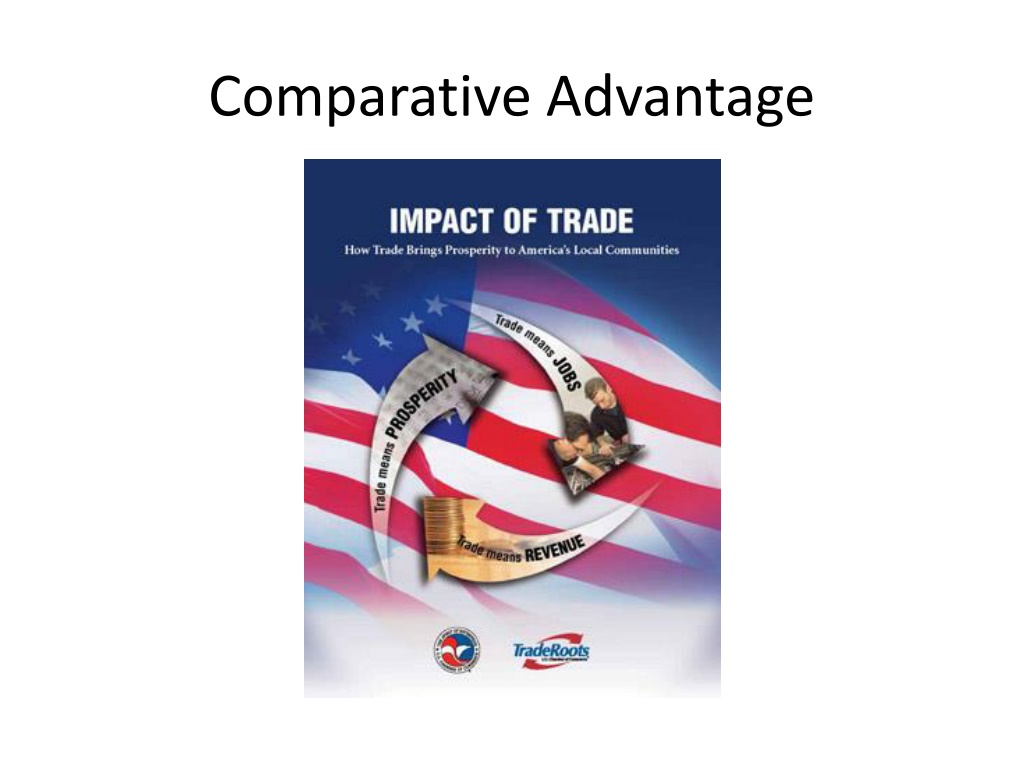Understanding Comparative Advantage in International Trade
Dive into the concept of comparative advantage in international trade with examples of Absolute Advantage, Opportunity Costs, and the Importance of Specialization. Explore how countries can benefit from trading based on their differences in production efficiency rather than focusing solely on individual strengths.
Download Presentation

Please find below an Image/Link to download the presentation.
The content on the website is provided AS IS for your information and personal use only. It may not be sold, licensed, or shared on other websites without obtaining consent from the author. Download presentation by click this link. If you encounter any issues during the download, it is possible that the publisher has removed the file from their server.
E N D
Presentation Transcript
Bill Gates Doesnt Mow the Lawn Microeconomic Application http://yinyangindia.files.wordpress.com/2013/05/bill-gates-2-0.png?w=604h=341
Comparative Advantage Key Terms International Trade (Open Economy) Exports and Imports The PPC Graph Opportunity Costs Absolute Advantage Comparative Advantage Specialization
Who has the absolute advantage in producing chairs? HDTVs? The PPC Connection
Absolute Advantage Luxembourg has the Absolute Advantage in the production of both products 24>16 Chairs 12>4 HDTVs But according to David Ricardo s theory international trade should be based on comparative advantage
Country A In one day Country A can either produce 6 units of food or 3 units of clothing. Not both. For Every unit of food they give up 1/2 a unit of clothing and for every unit of clothing they produce they give up 2 units of food. What is given up is called
OPPORTUNITY COSTS! In the comparative advantage matrix the production relationship is always reciprocal. In Country B 1 unit of food costs 2 units of clothing and 1 unit of clothing costs 2 units of food (the reciprocal) Whichever nation has a lower opportunity cost in the production of a good has the comparative advantage
Who has the comparative advantage? Country A has the comparative advantage in food production. They only give up unit of clothing while Country B gives up 2 units of clothing for every unit of food they produce. Country B has the comparative advantage in clothing production for the same reason Nation s produce what they have the comparative advantage in and trade for the other This is called specialization (similar to Adam Smith s specialization of labor idea)
Former AP Questions 2003 Form B #3 2003 #3 2004 Form B #3 2008 #3 2015 #2 2016 #3 https://apcentral.collegeboard.org/courses/ap- macroeconomics/exam Scroll to the bottom for practice exam questions and answers.























